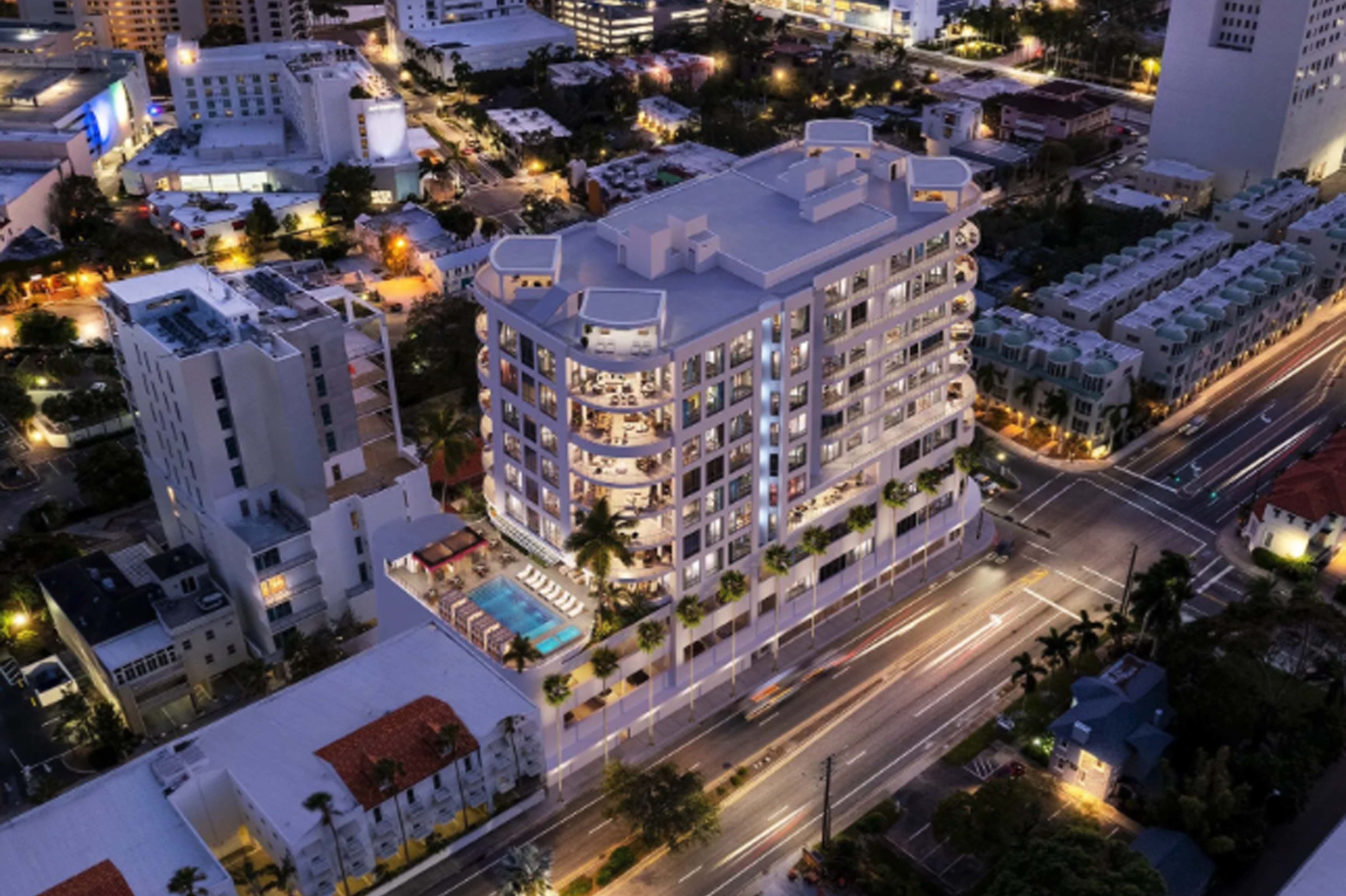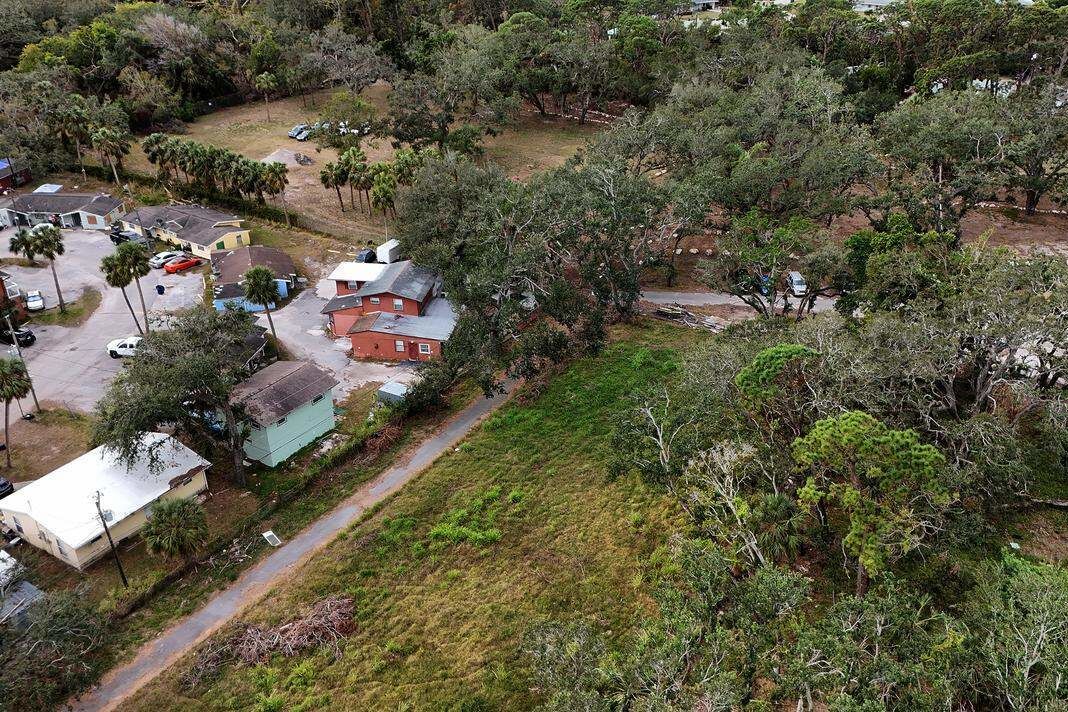Urbanist Brent Toderian Says Tall Buildings Are Not the Problem

Image: Courtesy Photo
As downtown Sarasota developers propose condo towers reaching ever higher into the sky, local residents are pushing back with rallies and PR campaigns. Enter Brent Toderian, the Canadian urbanist and former chief planner of Vancouver, British Columbia, whose globe-trotting career has made him a civic whisperer to cities on the verge. He visited Sarasota in February to speak at the Architecture Sarasota series “Downtown Sarasota: Beyond our Borders.” After walking the downtown core and bayfront, he spoke about good urban growth.
Citizens have been protesting the height of new developments. What’s your perspective on this?
“The conversation around building height tends to be pretty simplistic. ‘How many floors does the building have?’ But what’s more important is how the building is designed. Taller, slimmer buildings can have a much lighter impact on the street than shorter, bulkier ones that create a wall.
“Height is often an issue with waterfront downtowns and people hogging a water view. The key is to focus on the first few floors of a building that directly interacts with pedestrians."
Sarasota’s new buildings often cater to seasonal and wealthy residents. Your perspective?
“Sarasota has a huge disconnect between the types of developments being built and the actual needs of the community. The city is facing a housing affordability crisis, yet the developments happening in the heart of Sarasota are priced out of reach for local residents. The conversation should not only be about how tall buildings are, but who they’re for. Right now, the emphasis is on luxury and second homes.”
What does well-planned, intentional urban growth look like?
“A city’s downtown should be walkable. Everyday needs—groceries, pharmacies, parks, a good café — should be within a reasonable walk of where people live.
“Second, it’s about mixed-use development. Cities that work well don’t just have housing here and retail there—they integrate the two, and they function year-round, not just for tourists in high season. Some downtowns are so tourist-specific that anyone who lives there has to drive for groceries, hardware, a pharmacy. You might have great choices for things like ice cream or bad T-shirts, but these don’t serve residents’ daily needs.
“You also want active ground floors with doors, windows and life. When the base of a building is dead—expansive blank walls, parking garages—it kills the pedestrian experience.
“Then there’s the form of the buildings themselves. Slim, separated towers allow sunlight and breezes through the city, avoid the ‘canyon’ effect and preserve view corridors.
“Also, without a critical mass of people, you can’t sustain the things residents need—grocery stores, dentists, dry cleaners. It’s not just about building more homes; it’s about building enough of a community to support a healthy local economy.
What do you say to people who fear that density means losing what they love about their neighborhood?
“If people fear what’s being proposed, it’s usually because the city hasn’t earned their trust by showing them what good looks like.
“If you’re not making deliberate choices about how and where you grow, someone else will make them for you—usually developers, often with short-term incentives. I’m not anti-developer; I work with lots of great ones. But it’s up to the city to set the rules, the expectations, the outcomes. Letting things ‘just happen’ is how you lose your community.”
You were blunt with Sarasota: “If the city isn’t getting the results it wants, it’s not because it can’t. It’s because it hasn’t decided to.”
“I’ve been doing this work for decades, and I can tell whether a city wants to change or not. If they do, they plan for it. They align their regulations, budgets and public engagement around a clear set of goals. If not, they drift. They react.
“Cities say, ‘We want to preserve character,’ but they have no policies that support doing that. Or they say, ‘We want affordable housing,’ but everything about their zoning and process makes that impossible. You have to match intention with action.”
What’s your best advice for the future development of downtown Sarasota?
“Good planning is not just technical, it’s political and cultural. You have to challenge the idea that all density is bad or that all developers are evil. But you also have to hold developers to high standards. You don’t just let anything get built. The answer isn’t to say ‘no’ to everything—it’s to say, ‘Yes, if.’ If it meets our vision. If it improves our public realm. If it creates benefits, not just burdens.”



